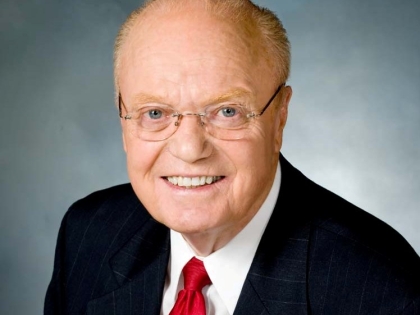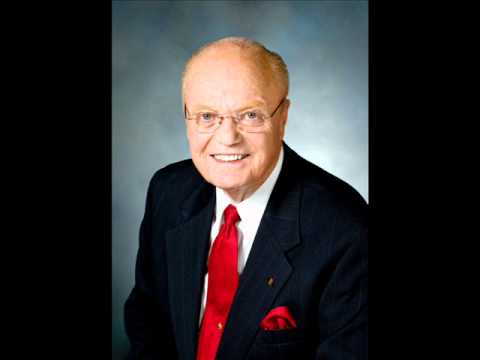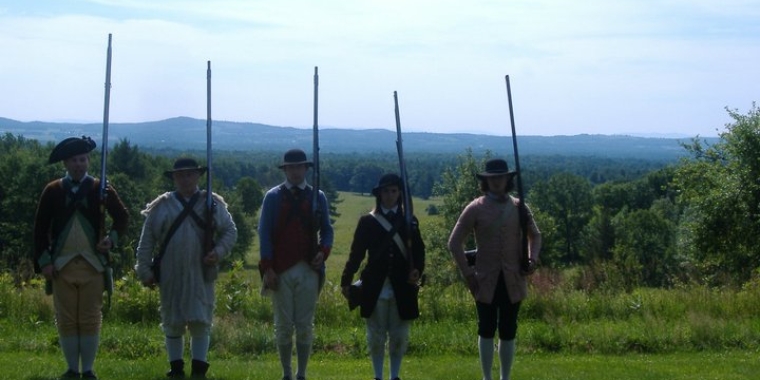
Senator Farley Notes February Is Black History Month
Hugh T. Farley
February 7, 2014

State Senator Hugh T. Farley (R, C, I – Schenectady) announced the New York State Senate recently passed a resolution commemorating February as Black History Month, a time of observance and remembrance of the role African American People played in shaping our Nation and its history.
On display at the Capitol is the 2014 Black History Month exhibit entitled, “The Transformative Power of the Narrative,” located in the War Room. Visitors will have the opportunity to learn about five extraordinary individuals who helped shape history in the United States (Sojourner Truth, Frederick Douglass, Solomon Northrup, Toni Morrison, Alex Hale). The exhibit also showcases the history and evolution of the black press in New York and the role of black actors, actresses, writers and directors in American film and television.
Solomon Northup had a local connection, as he lived for a time in Saratoga County. He was an educated man who ran his own business just before the Civil War. A carpenter, he was also a talented fiddler. In the 1840s, on a trip to Washington, D.C., he was kidnapped and taken into slavery where he worked on plantations in Louisiana for 12 years. He finally regained his freedom in 1853. He penned his experiences as a slave in the book “Twelve Years a Slave,” which was turned into an Academy Award nominated movie.
Senator Farley said, in addition to focusing on famous individuals, we should also recognize our local heritage by remembering the contributions made by so many individuals, such as:
* Magdalene Jackson Cox was one of the first black professionals in the Schenectady public library system. A graduate of Oberlin Business College, she married Lafayette Cox, a pastor, and they did a bit of traveling before settling in Schenectady in 1937. She worked hard for the library system, having a 22-year career.
* One of former Schenectady City Historian Don Hulett’s goals was to fill what he says is an absence of information on African-American contributions to the city’s history. His research findings include historical figures such as Buck Wing, a semi-pro basketball player, who was with the Mohawk Giants in the 1920s and 1930s; Barlett Jackson, a Schenectady County storyteller and bootblack at the railroad station in the 1880s through 1890s; and the first Schenectady City caterer, Polly Wilson, a freed slave.
* Hattie’s Restaurant is a famous eatery in the heart of Saratoga Springs. It was established by Hattie Gray, who was born and raised in Louisiana. When she got older, she worked for a family that lived in Miami in the winters and summered in Saratoga Springs. As she worked for the family, she saved her money. In 1938, Hattie’s Chicken Shack opened its doors. Not only was she a successful businesswoman in the 1930s and 1940s, she gave to many local charities and supported many young people as if they were her own children.
While Dr. Martin Luther King was not a New York resident, his efforts to make this Nation great will never be forgotten. The State Museum has the only known recording of his speech in New York City to commemorate the 100th anniversary of the issuance of President Lincoln’s preliminary Emancipation Proclamation and it can be listened to by clicking this link: http://www.nysm.nysed.gov/mlk/ An exhibit on his life is at the State Museum through March 2nd. For museum hours and other information, visit http://www.nysm.nysed.gov/index.cfm
For more information on Black History Month, visit the websites http://www.africanamericanhistorymonth.gov/ and http://www.history.com/topics/black-history-month
Share this Article or Press Release
Newsroom
Go to Newsroom
Senator Farley Salutes High School Graduates
June 22, 2015

